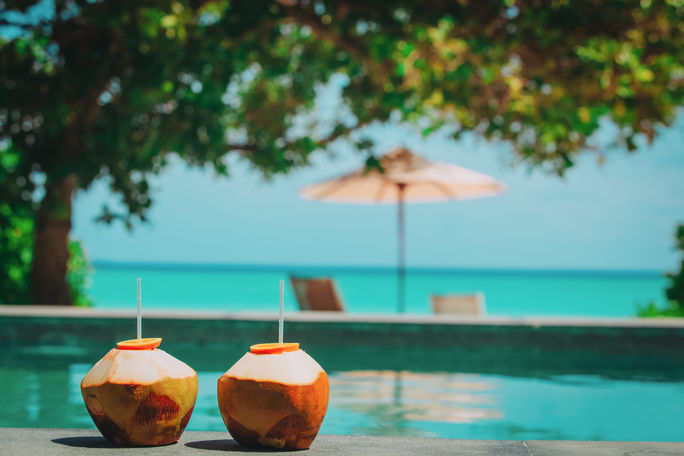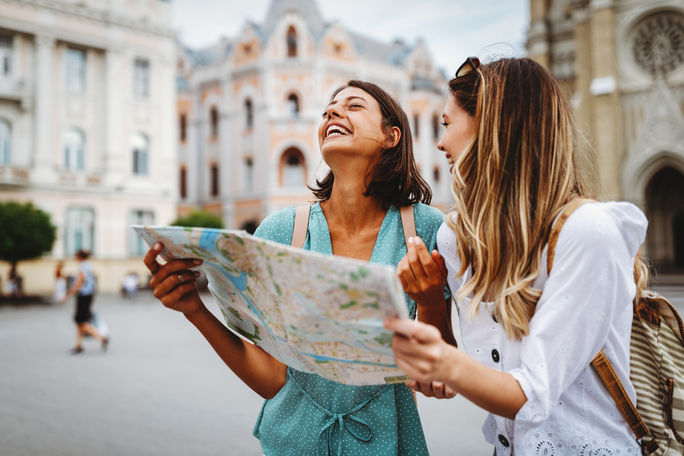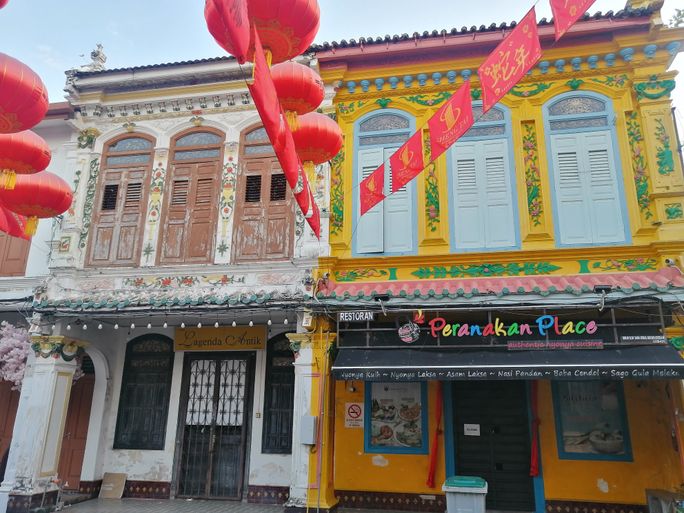We all know the feeling.
You��re on vacation somewhere new, and you're having the time of your life.?
Your days and nights have been filled with a mix of fun and relaxation, you've tried some new food & drink and maybe even made a friend or two. In short, the destination��or resort��has been everything you ever thought it would be and more.
Then, sometime toward the end of the trip, one of you looks at the other and says: "we have to come back!��
That's when things get tricky.
As the months and years go by and the highlights from that original trip morph into golden memories, it becomes harder and harder to match them.
That little cafe on the corner where you spent a few hours almost every day of your trip and became friends with the staff? Your memory has turned it into the dreamiest little place in the world full of friends where the service and food were perfect. The scenic spot where you watched the sunset? Even though there were a few other people there, your memory has turned the evening into a scene from a film where you had the entire place to yourself.

Coconut drinks at a tropical beach resort. (Photo Credit: nadezhda1906 / Adobe Stock)
The problem is that your memory loves to play tricks on you, so when you return, and the cafe has new staff and a "different vibe", you're slightly disappointed. The same goes for that sunset view, when you show up and the sky is grey and the vista isn't quite as remarkable as you remember.
In short, this side of the argument says that trying to get travel lightning to strike twice is a risky game, and since the world is such a big place, it's foolish to travel back to the same places.
But on the flip side, revisiting a favorite place also offers rewards, many of which you can��t pick up on a first trip.
First, since you already know the lay of the land, you��re not wasting energy trying to figure out how the metro works or wandering off in the wrong direction because the blue dot on Google Maps decided to dance around. This is especially pertinent if the destination is a big city.
And since you��ve probably done the big sights the first time around, there's no real pressure on the second trip. You're free to go with the flow more.?
And never underestimate the unbridled joy in simply seeing things you remember fondly and saying things like "Look honey, it's still there!"

Navigating a new city. (Photo Credit: NDABCREATIVITY/Adobe Stock)
The above conundrum is part of the reason why it took me so long to make a return trip to Melaka, Malaysia, a city my wife and I had spent a few weeks in during a stint of digital nomad-style traveling back in 2012. I recently wrote about my love for Malaysia but left out the part about the potential for a second-time letdown in Melaka.
Luckily, we hit the jackpot, and our three nights in Melaka were filled with both strolls down memory lane and creating new stories.?
In fact, we were lucky enough to find many of our favorite haunts still around and remarkably with much the same atmosphere as they did back in 2012.?
Sure, things were a little different in Melaka.? There's a Hard Rock Cafe now and even a food hall, oh, and a pour-over coffee spot too.?
But for the most part, it felt the same and we loved being able to just walk around and point out the things we remembered from the last time without any pressure to "see things". Calanthe Art Cafe is still serving up mouthwatering laksa and The Baboon House is still one of the coolest places I've ever eaten (think half cafe, half tropical garden). Plus, Geographer Cafe still plays host to travelers from around the world enjoying cold bottles of Tiger beer.?

Street scene in Malacca, Malaysia (Photo Credit: Scott Hartbeck)
It felt like we were simply just visiting an old friend.
Still, managing your expectations is half the battle. The key is to go in not banking on an exact sequel of your first trip, but more of a spin-off inspired by the first one, and you're less likely to be disappointed.?
For the latest travel news, updates and deals, subscribe to the daily TravelPulse newsletter.
Topics From This Article to Explore